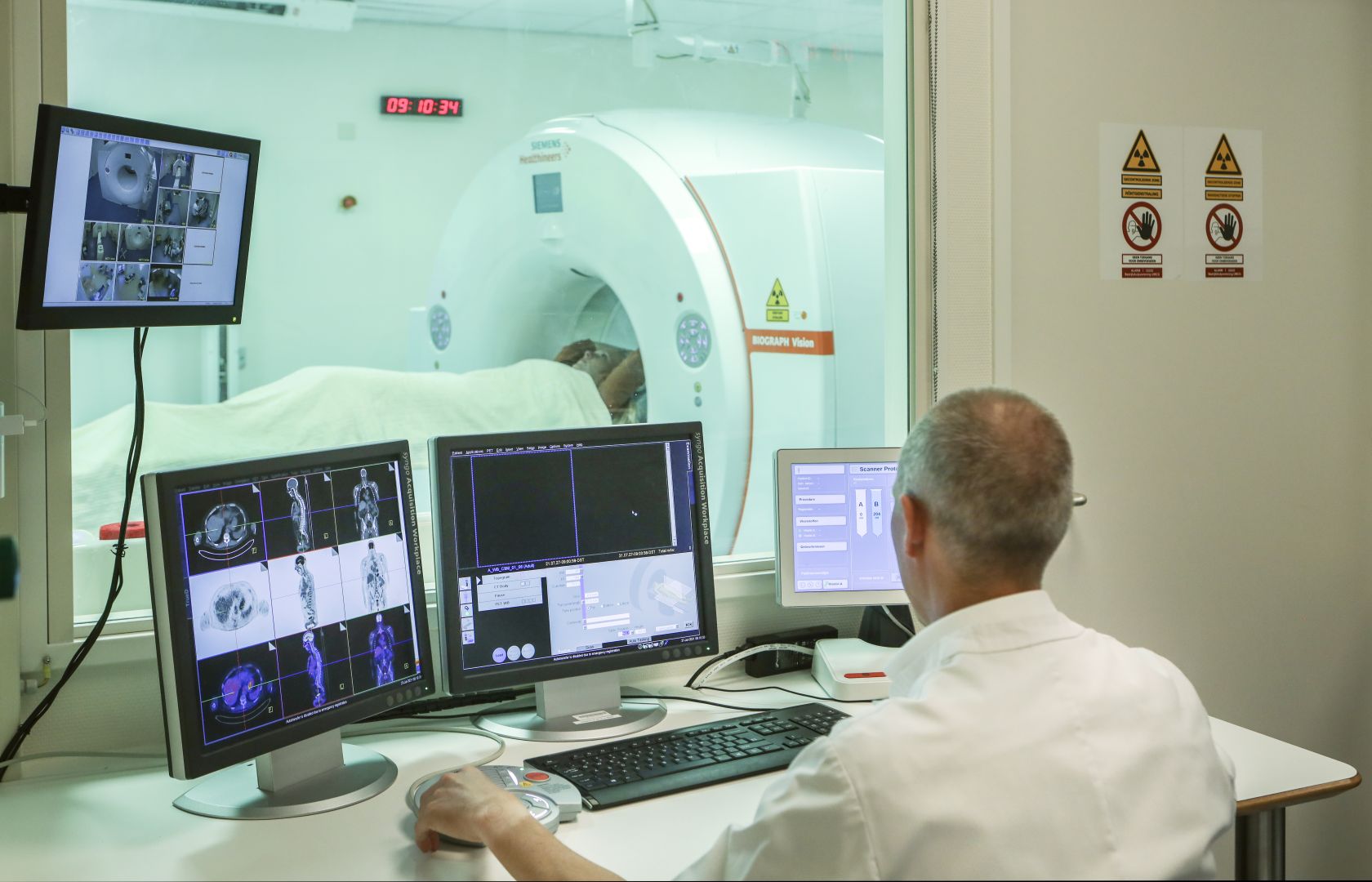The studies are done by Jacco-Juri de Haan, An Reyners, Jourik Gietema, Hans Nijman and Monique Dorrius. Reyners will receive almost €4,000,000, Gietema will receive over €1,500,000, de Haan will receive over €700,000 and Nijman and Dorrius will both receive over €200,000.
Jacco-Juri de Haan - Taste and smell training in cancer patients
Taste and smell changes caused by chemotherapy are common. These changes reduce the quality of life of patients and their loved ones. With his team, De Haan investigates the efficacy of taste control and taste and smell training. They are doing this in two clinical studies. In the first study, they work with taste control by adjusting food to altered taste and smell. In the second study, patients start tasting and smelling a standard set of taste and smell substances daily. Because saliva production and composition play a crucial role in the development of taste and smell changes, additional saliva testing will provide more insight into the usefulness of these two methods.
All patients will complete questionnaires on pleasure in eating, quality of life, nutritional status and dry mouth, salivate and undergo taste and smell tests. This will show whether patients with cancer benefit from taste control and taste and smell training.
An Reyners - Symptom monitoring for patients with incurable cancer
Patients with incurable cancer often experience various symptoms such as pain, fatigue, shortness of breath, constipation and anxiety, which may occur simultaneously. Symptom monitoring can help reduce symptoms. This involves patients indicating how severe they experience their symptoms, so that healthcare providers can intervene quickly to reduce symptoms. This has several benefits, such as fewer symptoms, fewer emergency room visits and fewer hospital admissions, improving overall quality of life.
The aim of Reyners' project is to develop a user-friendly system for symptom monitoring, integrated into the electronic patient record system. Implementation of this system will begin in oncology departments and outpatient clinics of teaching hospitals, and gradually be expanded.
Jourik Gietema - Personalised follow-up plan for testicular cancer
Since the introduction of cisplatin-containing chemotherapy more than 40 years ago, most testicular cancer patients have been cured. But follow-up of these patients showed that it can lead to long-term effects such as tumors and cardiovascular disease. A tailored personalised follow-up plan can make it easier to detect and treat risk factors for cardiovascular disease and improve it. This personal plan is offered to the patient via a personal health environment (PGO). It is also available to GPs and oncology care providers. The implementation of this personal aftercare plan will start from the UMCG in the North-East regional oncology network and then in testicular cancer treatment centres in 6 other regional oncology networks.
Hans Nijman - Local immunotherapy in cervical cancer
Checkpoint inhibitors are a successful treatment for several types of cancer, including cervical cancer. These are drugs that cause the immune system to become more active and immune cells to attack cancer cells. Administering checkpoint inhibitors systemically (through the bloodstream) is just not without side effects. Research has shown that local treatment with checkpoint inhibitors is also very effective, with a lower dose and fewer expected side effects.
Injecting checkpoint inhibitors directly into the tumor is often not possible, or very burdensome for patients. An alternative is therefore to target local treatment not to the tumor itself, but to the tumor-draining lymph nodes, which are organs that play an important role in immunotherapy. Nijman will investigate whether it is feasible to treat tumor-draining lymph nodes locally prior to surgery and what dose of checkpoint inhibitors is capable of killing cancer cells in the tumor. In addition, Nijman wants to determine whether the therapy really enters the bloodstream minimally and stays local, with reduced risk of side effects.
Monique Dorrius - Excluding cancer in calcium patches in the breast
Of breast tumors found on a mammogram, about 67% are not palpable. More than half of these consist of calcifications, which are small calcium deposits in the breast. These calcifications can be benign or malignant. Currently, a piece of tissue is taken from these people under local anesthesia. Usually, these calcium patches are found to be benign afterwards. Overdiagnosis and unnecessary biopsies affect quality of life. During the biopsy, people may experience tension, discomfort and pain. In addition, waiting for the results brings uncertainty and stress.
Another option to exclude cancer in calcium patches is Photon-Counting CT (PCCT) with contrast agent. This device resembles an ordinary CT scan but can take very detailed images of both calcium and soft tissue. Dorrius will investigate whether a Photon Counting CT can safely distinguish calcium specks found in mammography from cancer. This could prevent unnecessary biopsies and stress in people. Dorrius expects that by using a Photon-Counting CT, unnecessary biopsies can be avoided in 80% of people with calcium spots. This ensures less stress and no pain.

